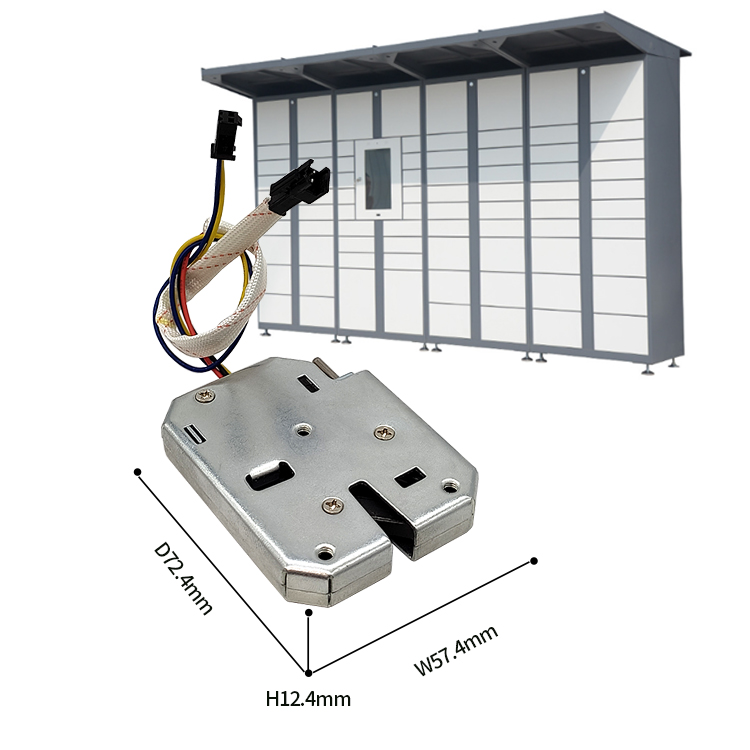With the continuous development of technology, the security and convenience of access control systems have been significantly improved. Among them, the electronic control lock, as an important component of the access control system, has multiple functions and application scenarios. This article will provide a detailed introduction to the functions of Electronic Locks and their applications in various fields. 1. The function of the electronic control lock 1. Automatic control function The electronic lock is linked with the access control system to achieve automatic control function. When the access control system detects a valid swipe card or password, the electronic lock will automatically open or close without the need for manual operation. This automatic control function improves the convenience and security of the access control system. 2. Alarm function The electric control lock has an alarm function. In case of abnormal situations such as illegal entry or door not closed, the electric control lock will emit an alarm signal. This alarm function helps to detect and handle safety hazards in a timely manner.

3. Recording function The electronic lock can record information such as the time of unlocking and closing each time, as well as personnel. These records can serve as important basis for access control system management, facilitating management personnel to monitor and audit the usage of the access control system. 4. Multiple unlocking methods The electronic lock supports multiple unlocking methods, such as card swiping, password, biometric recognition, etc. This diversified unlocking method meets the needs of different users and improves the convenience and adaptability of the access control system.
